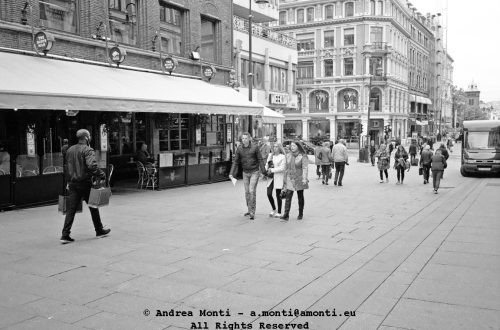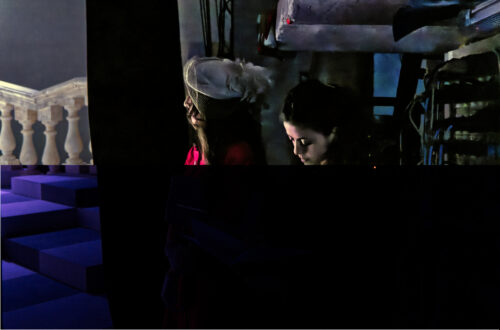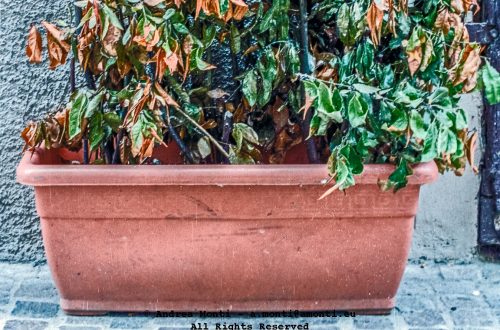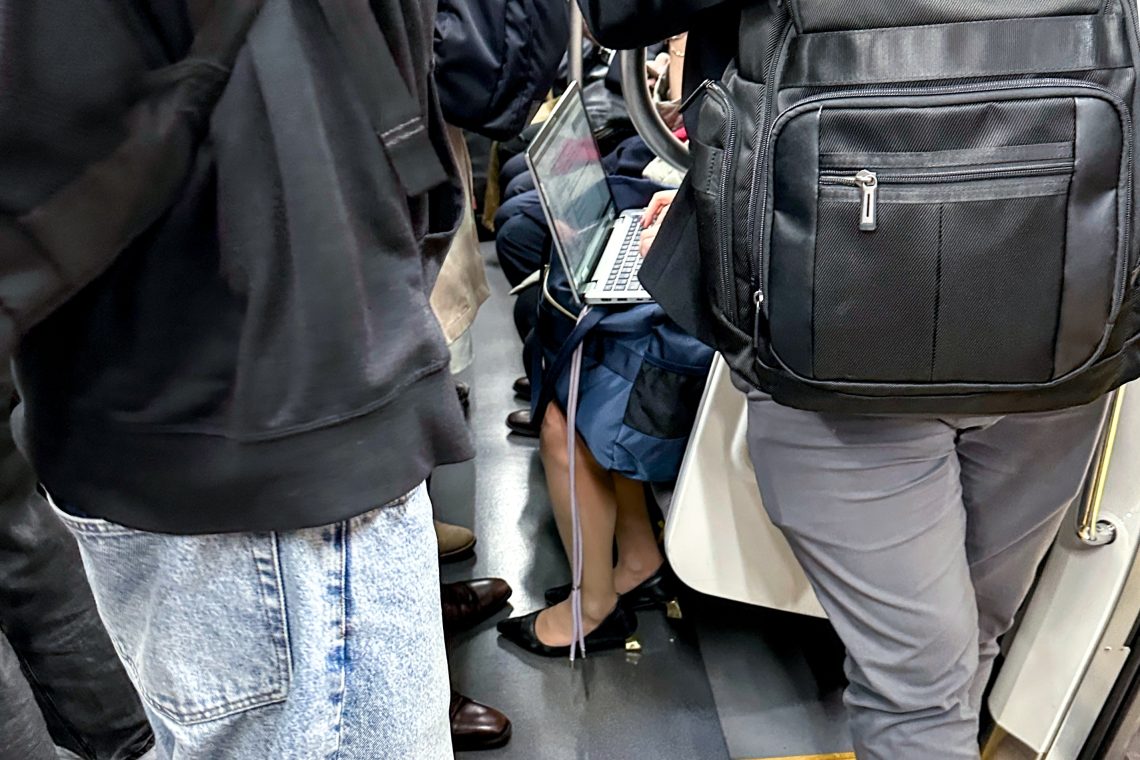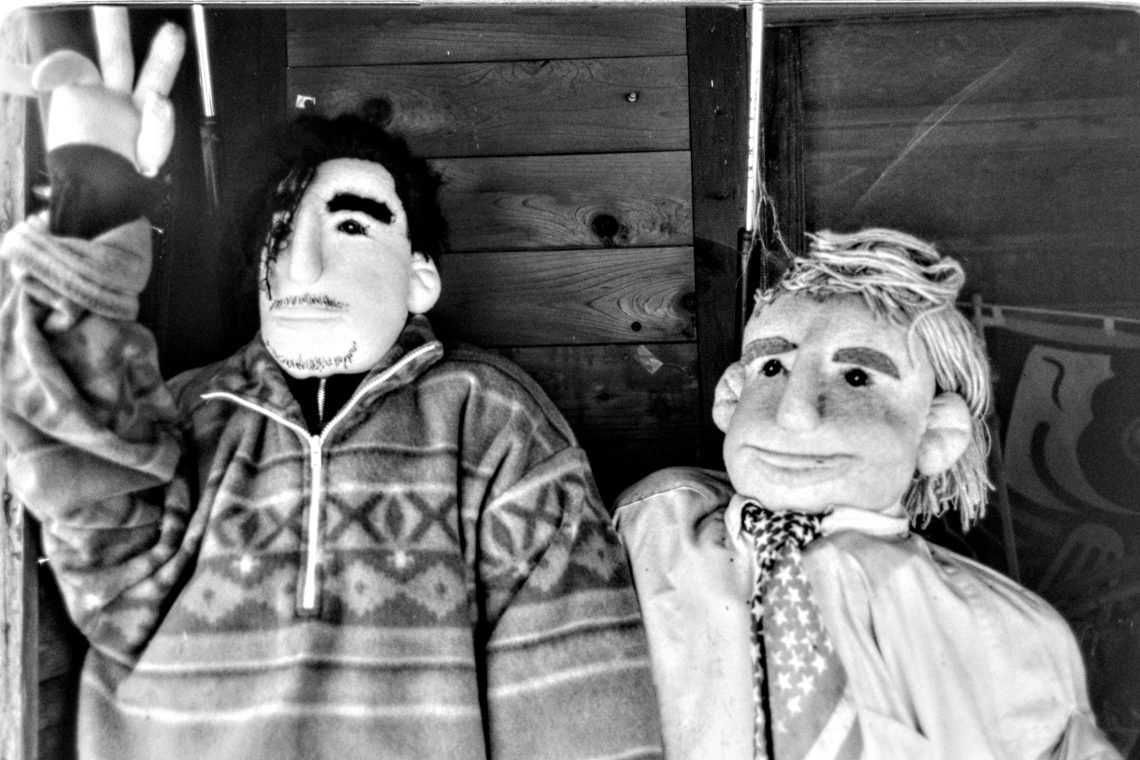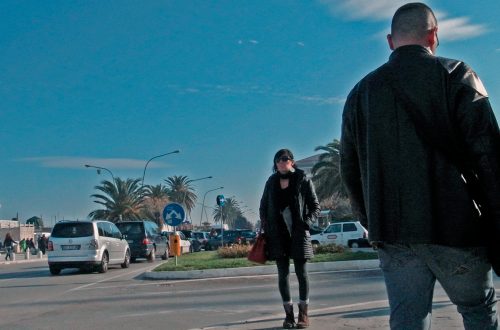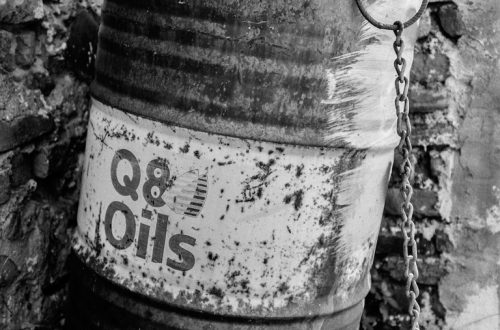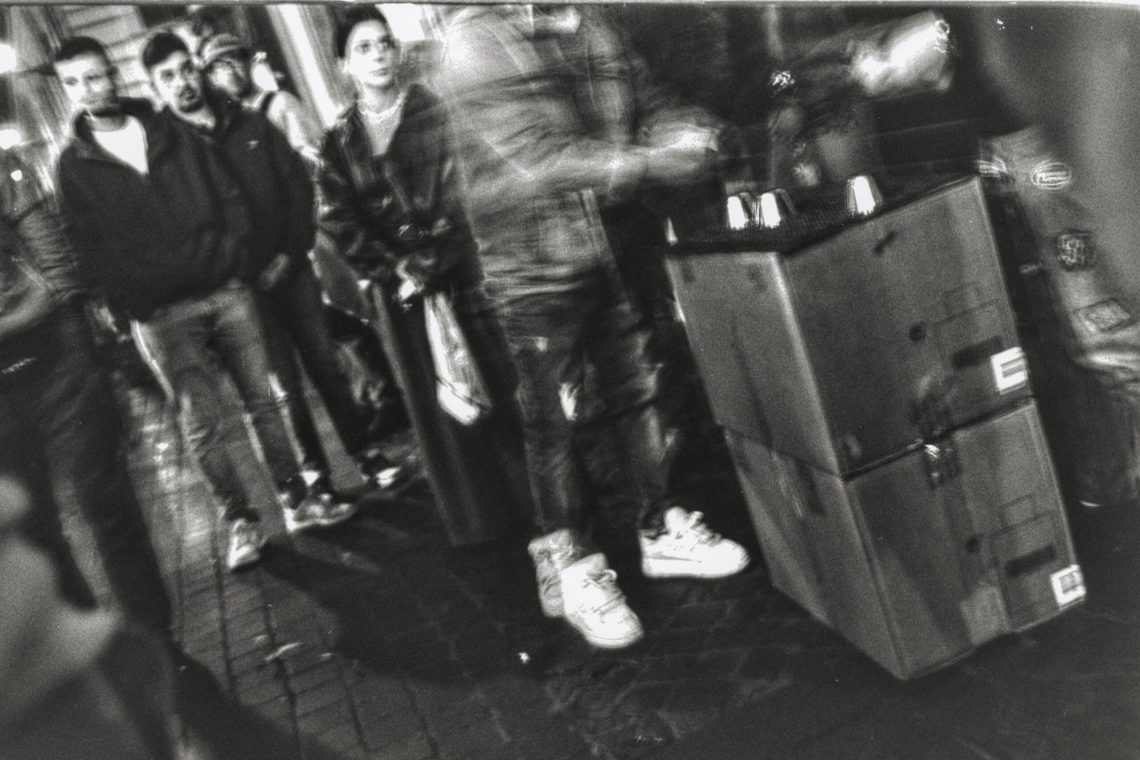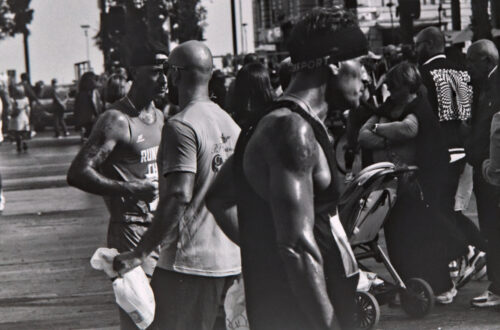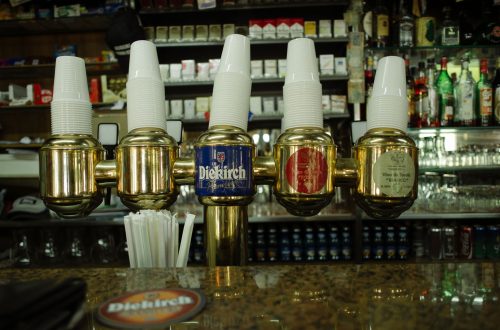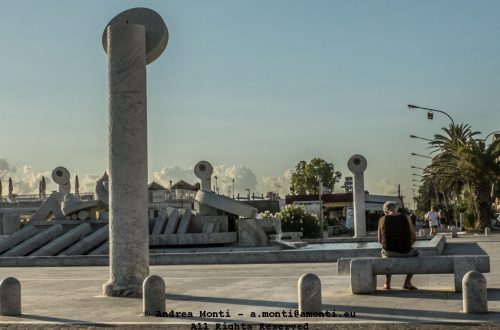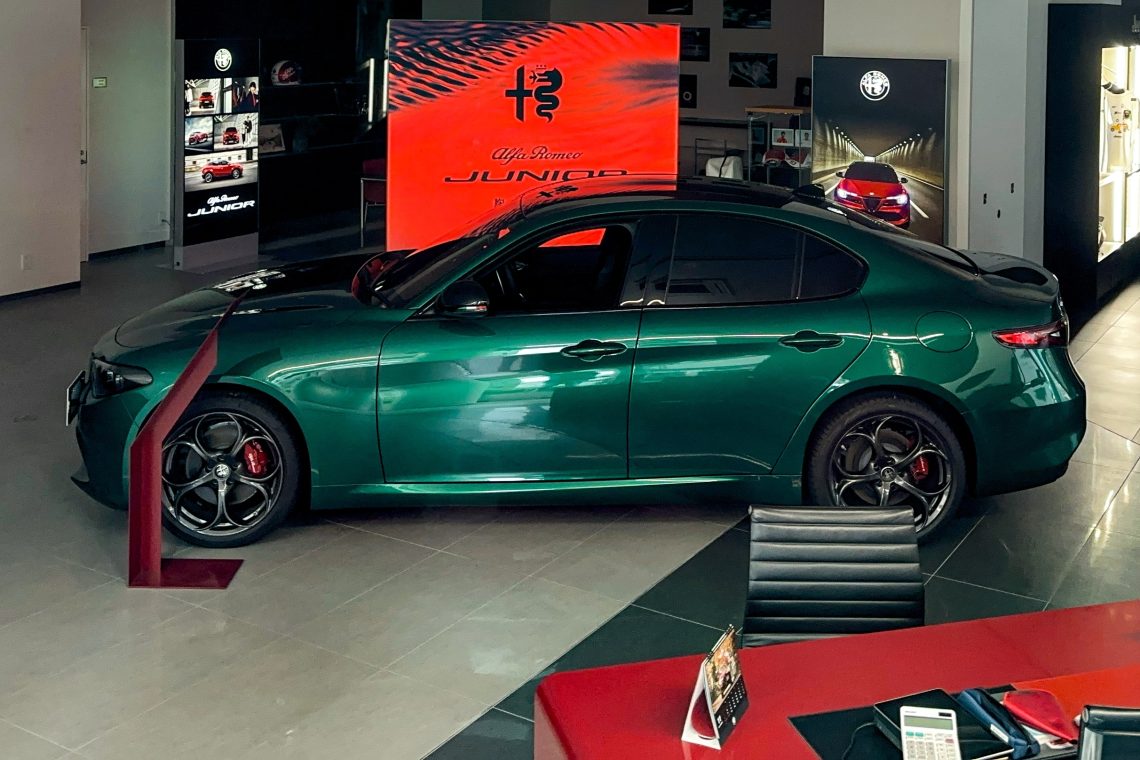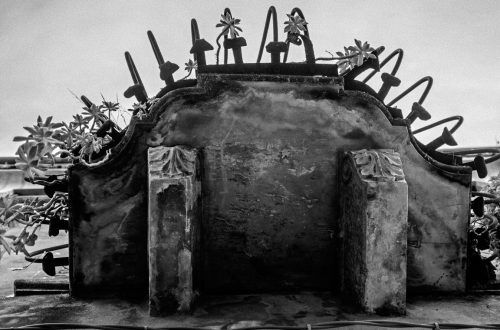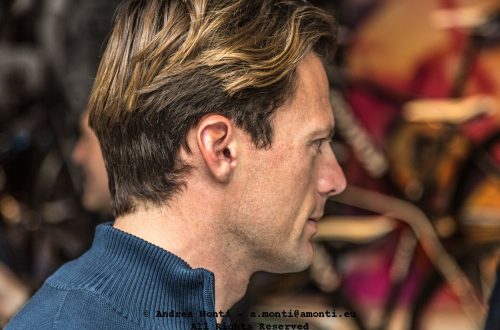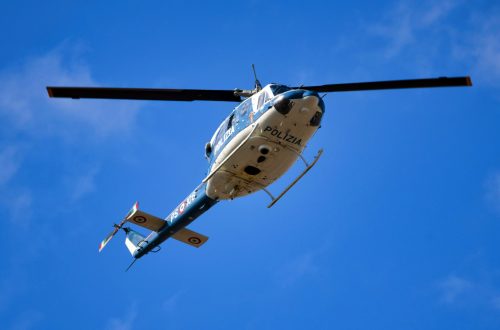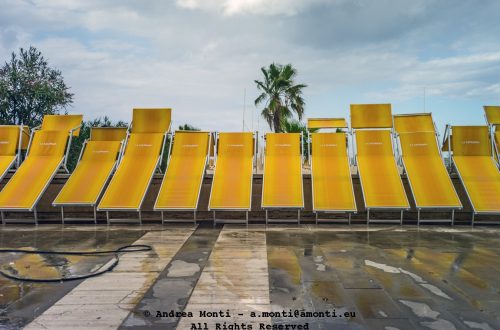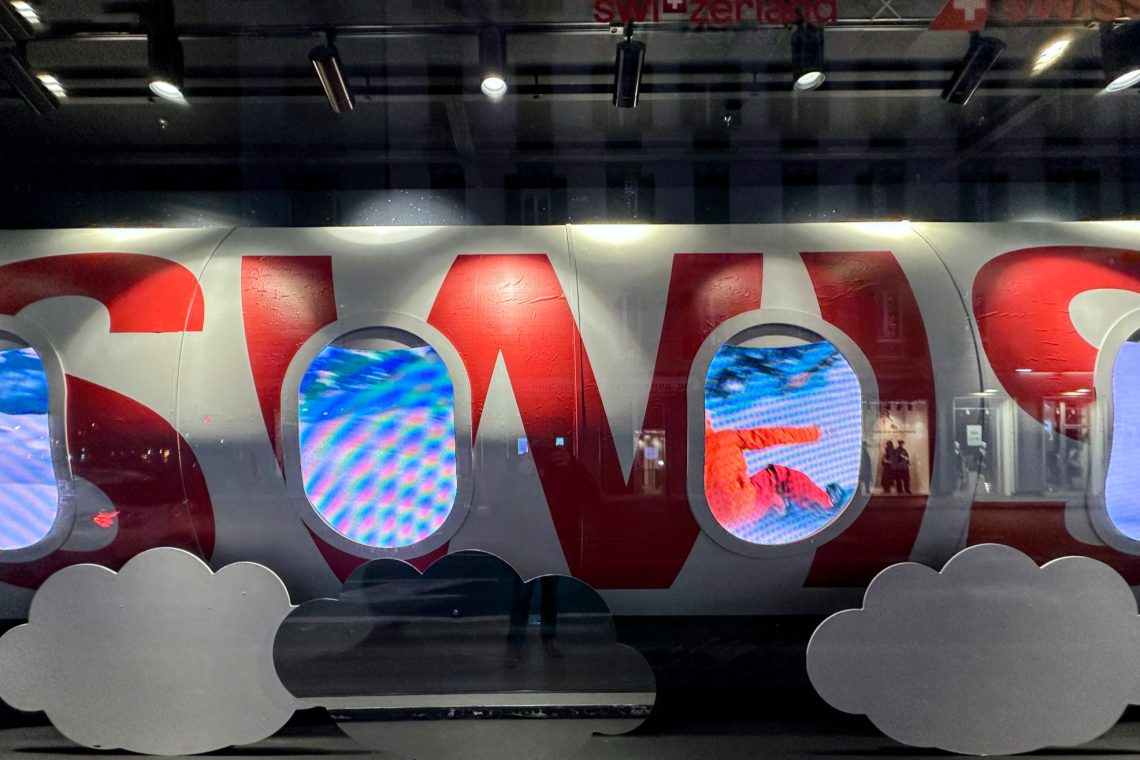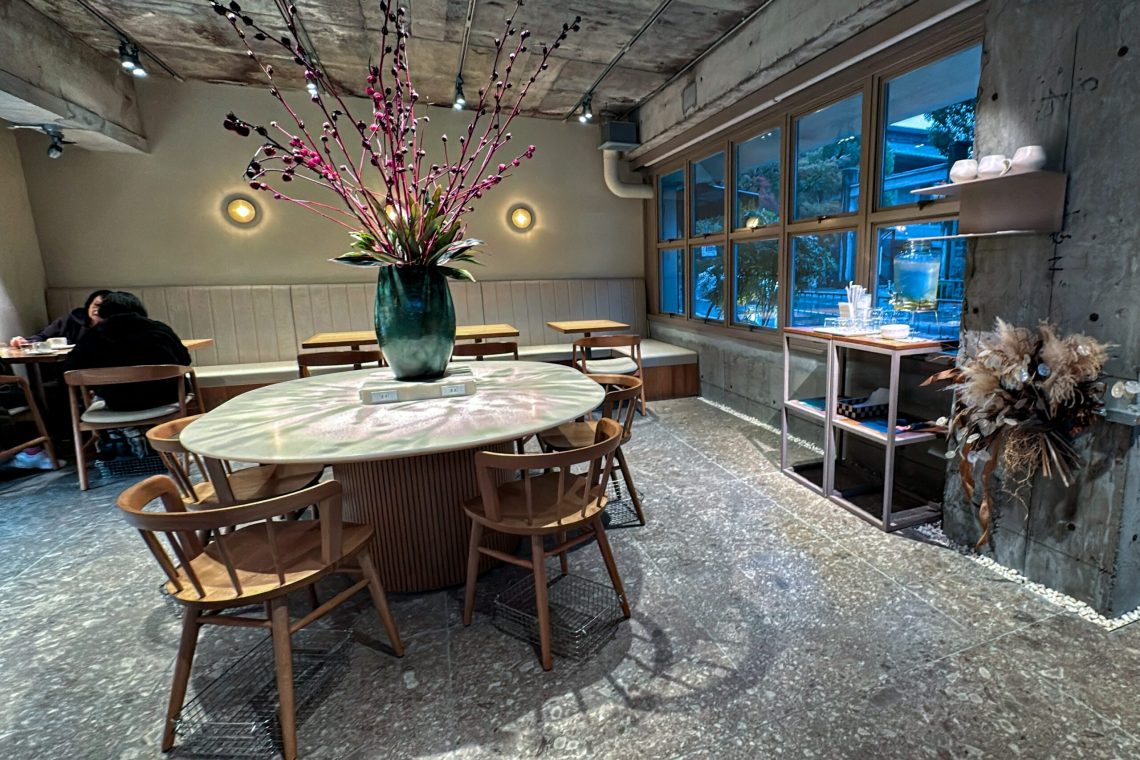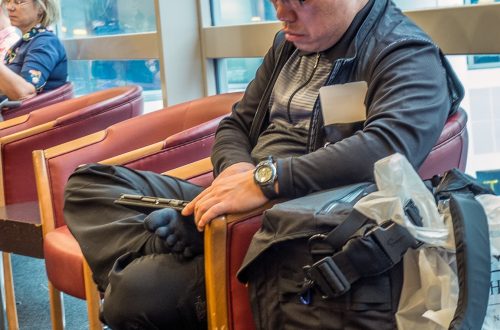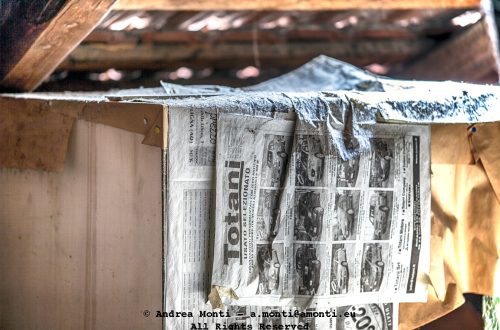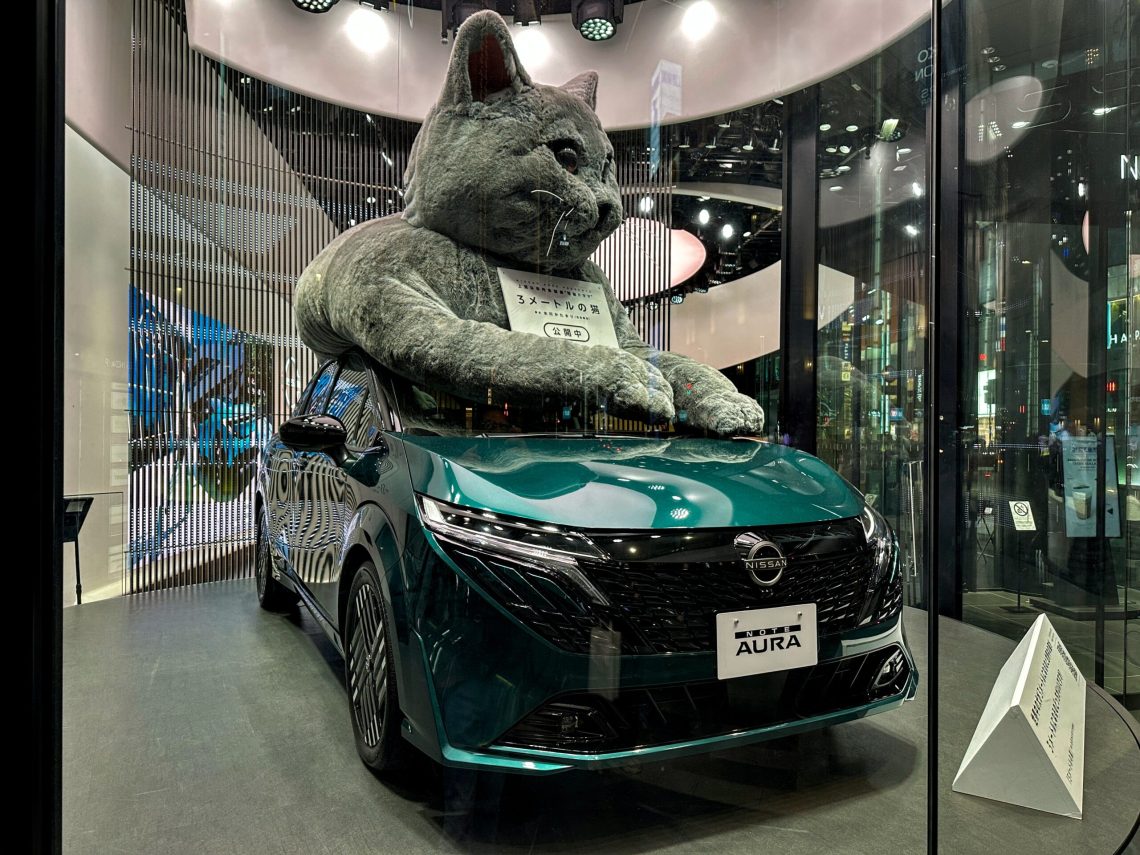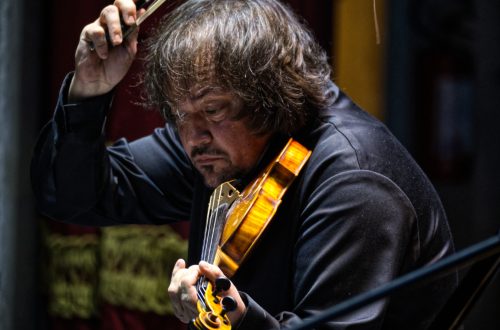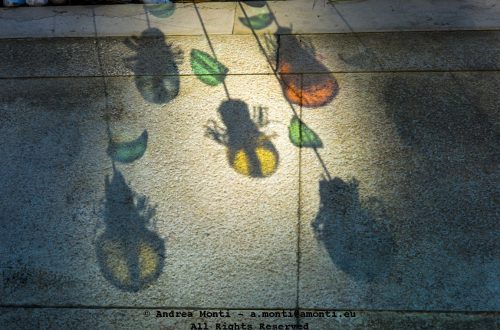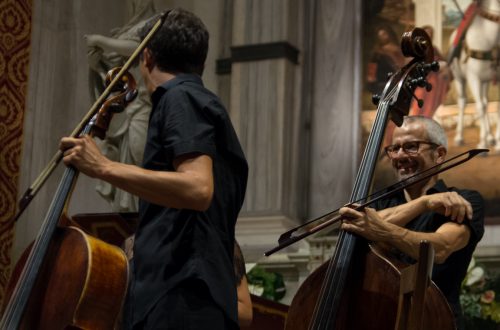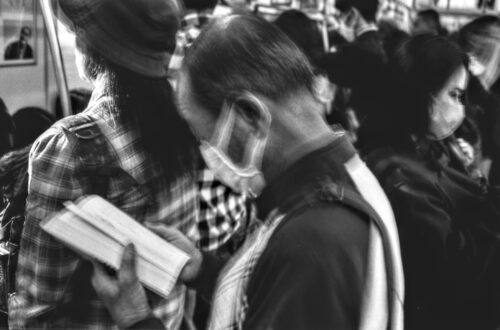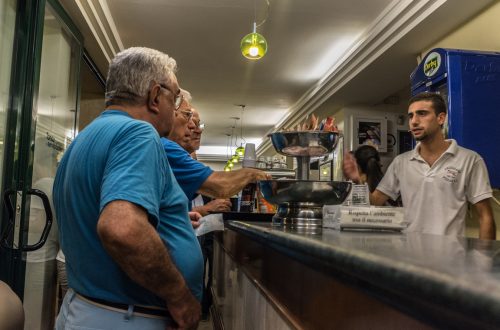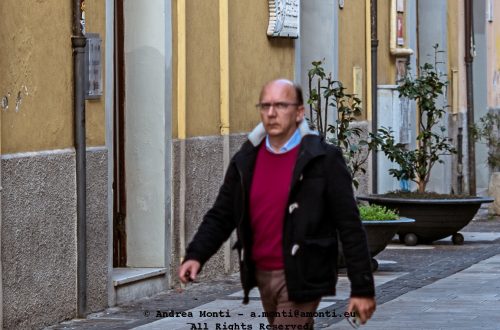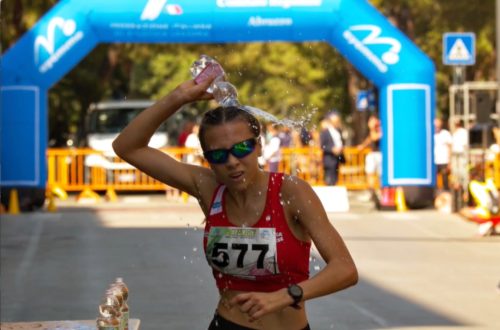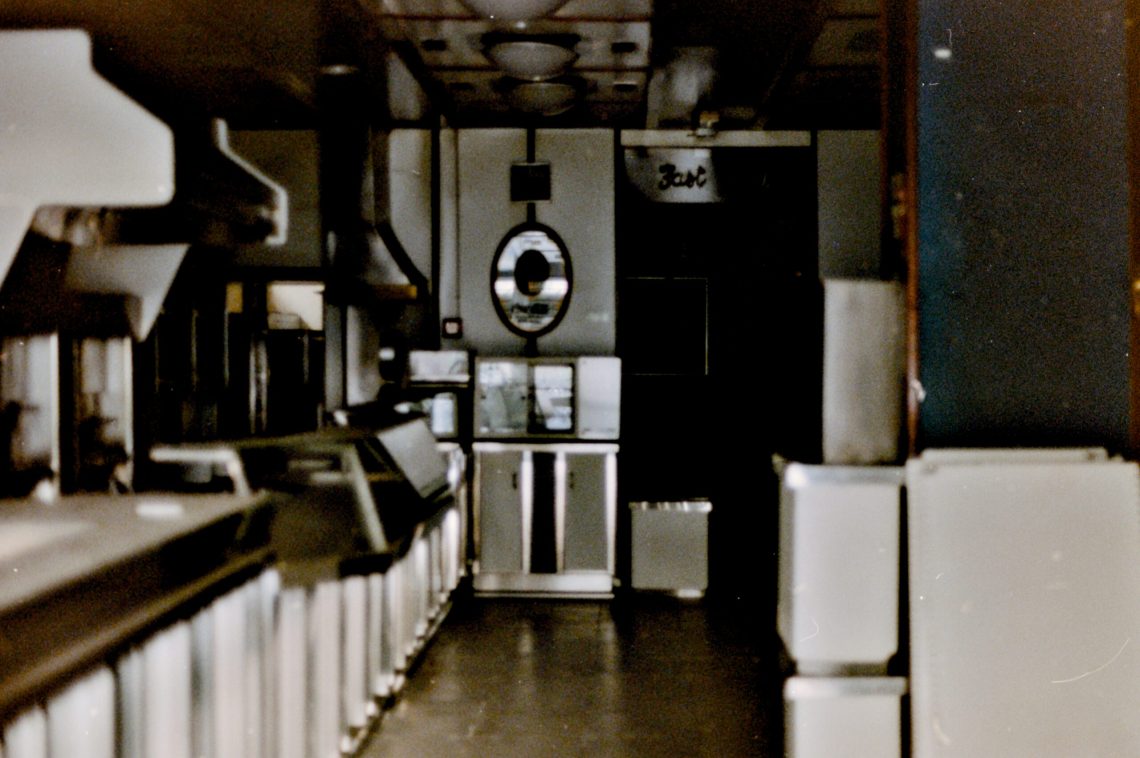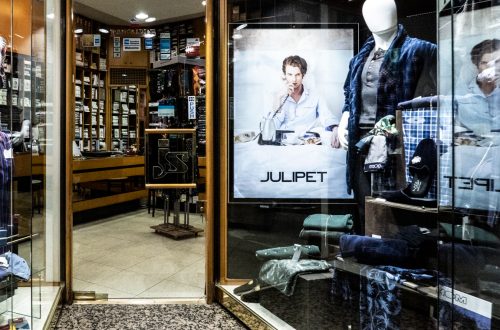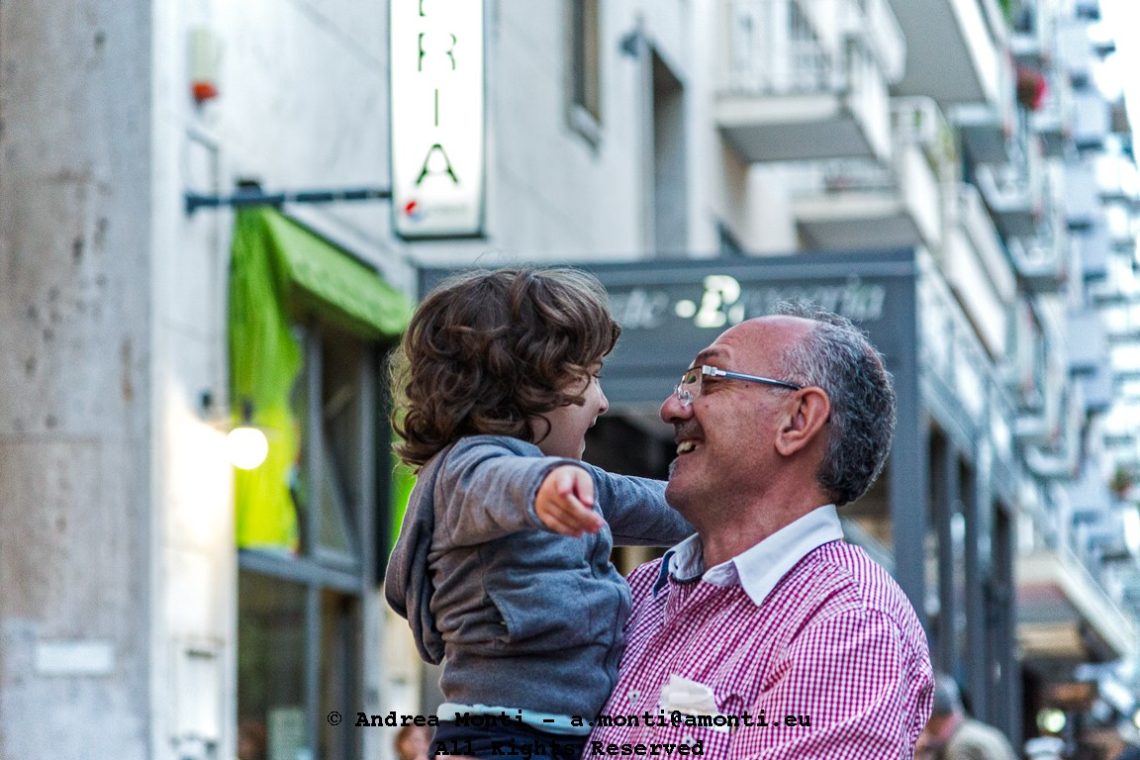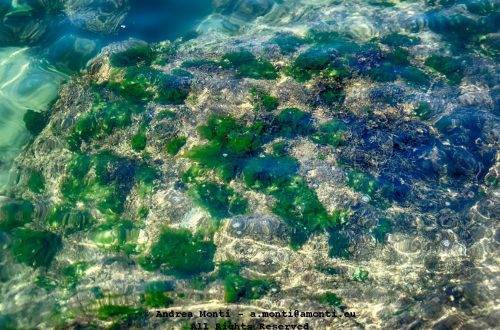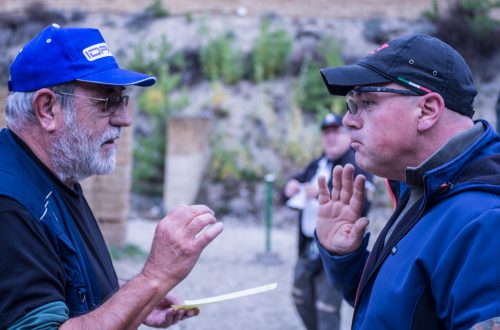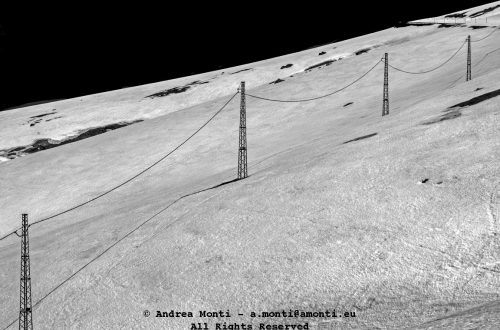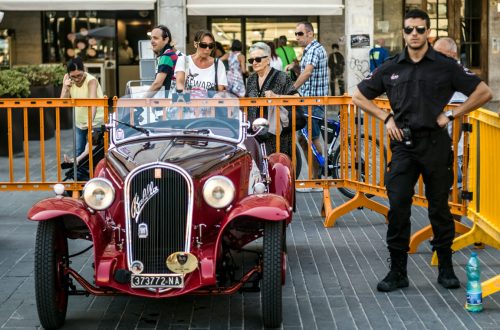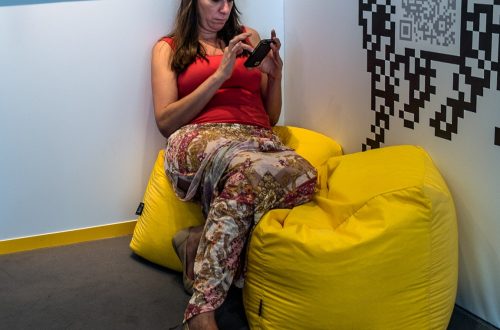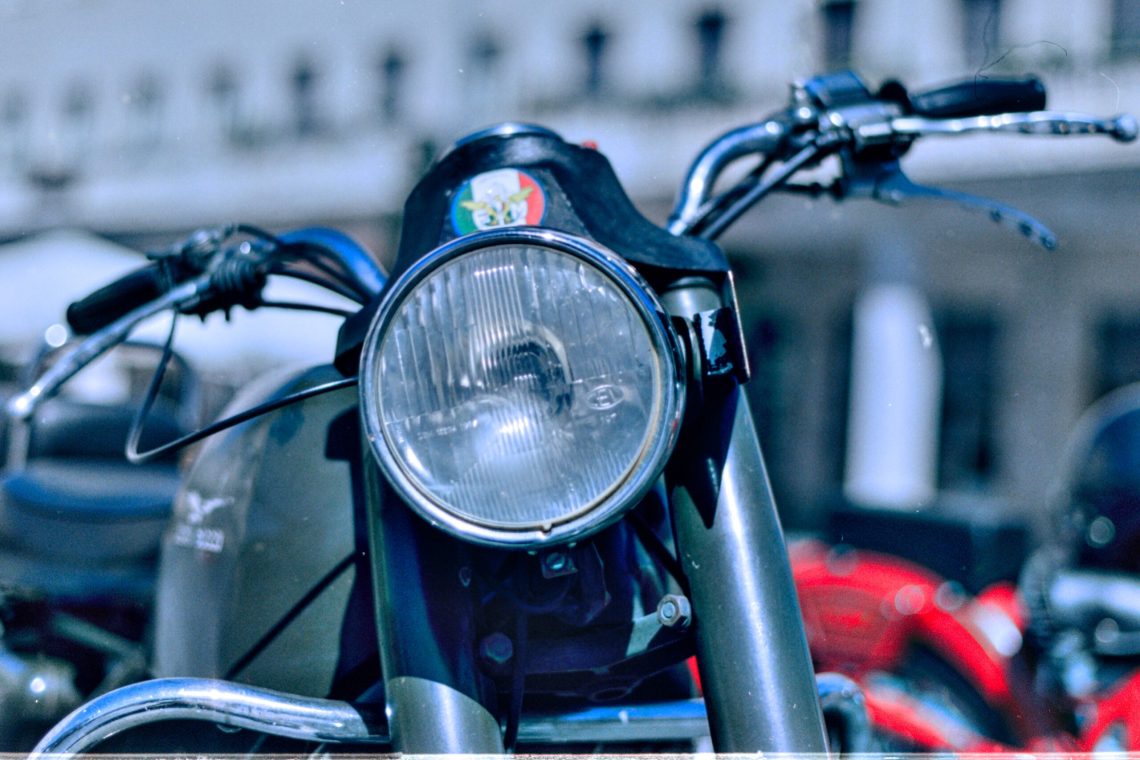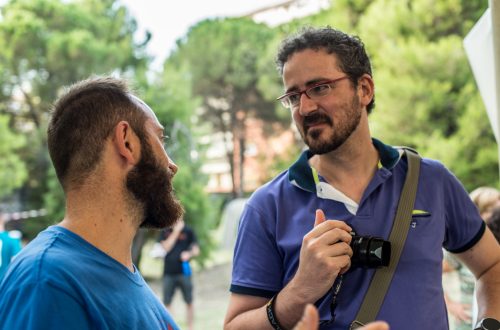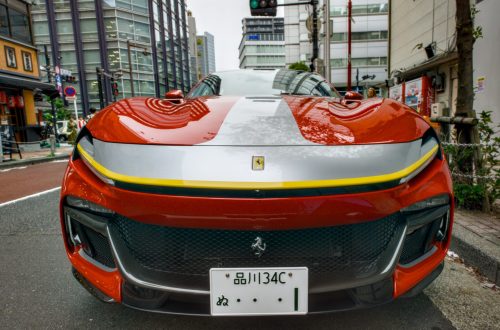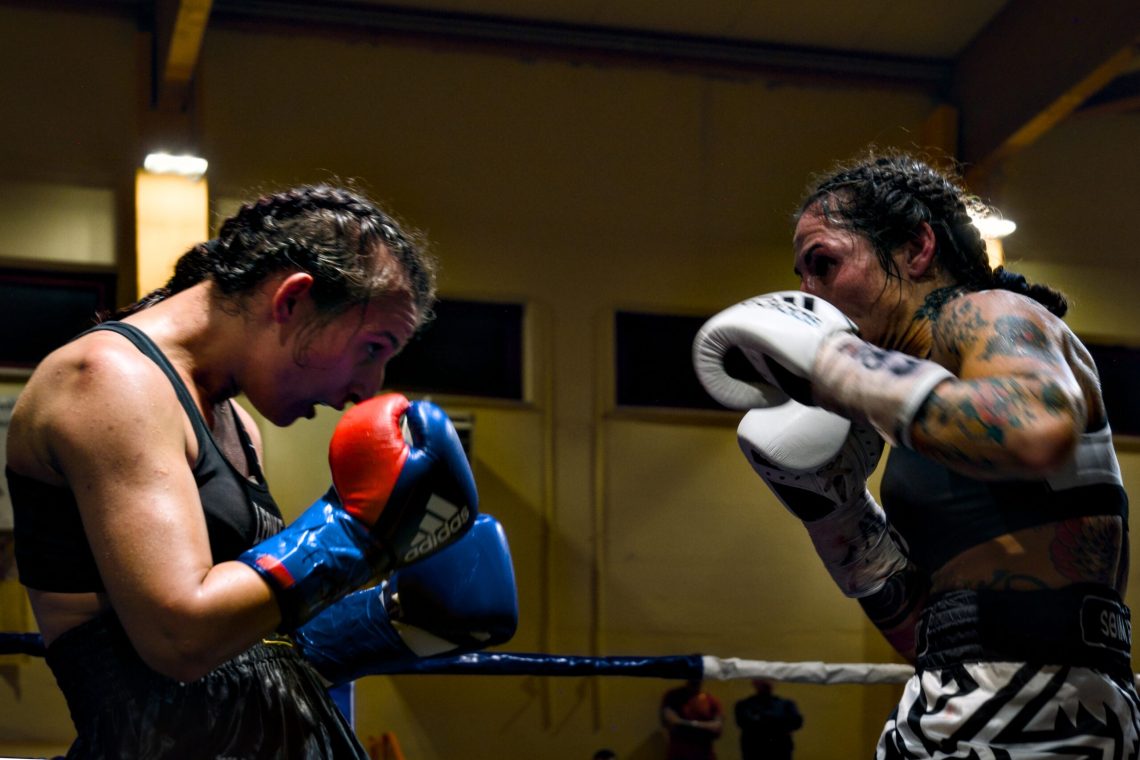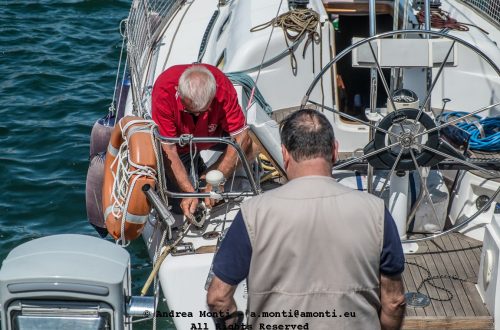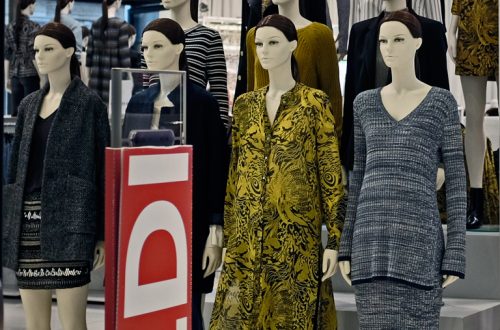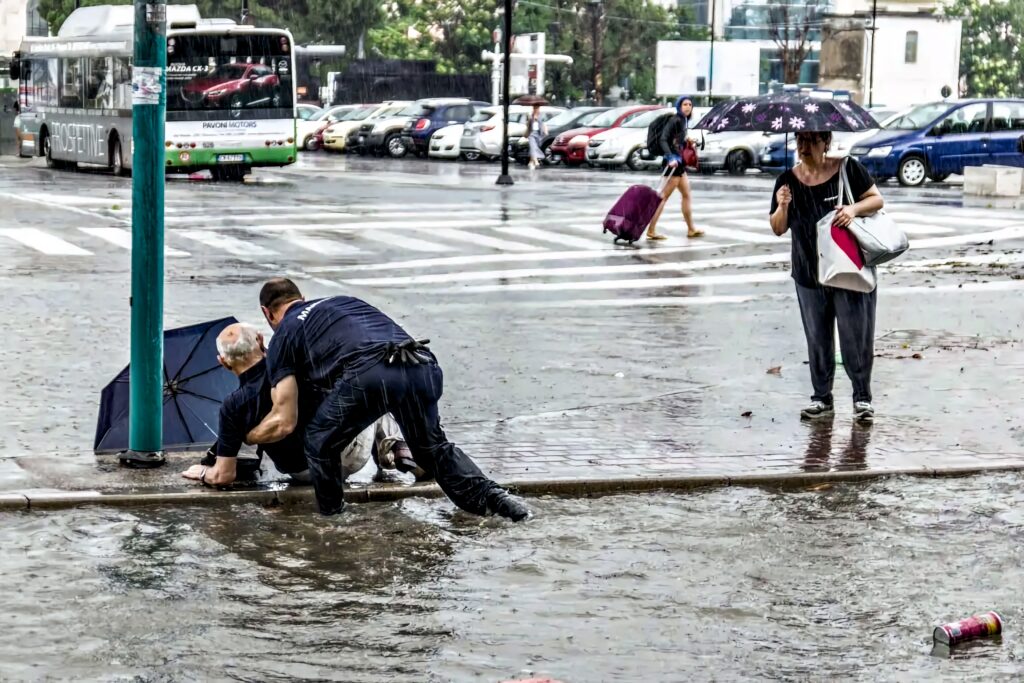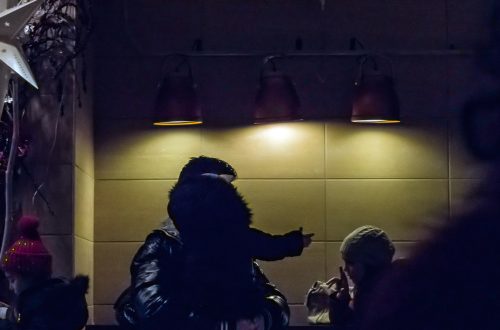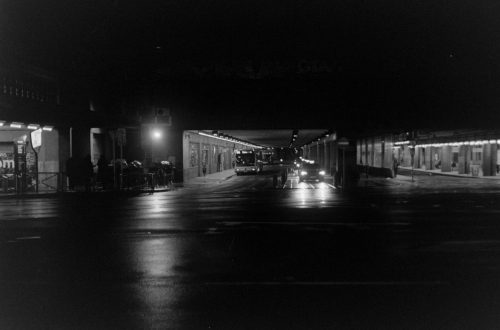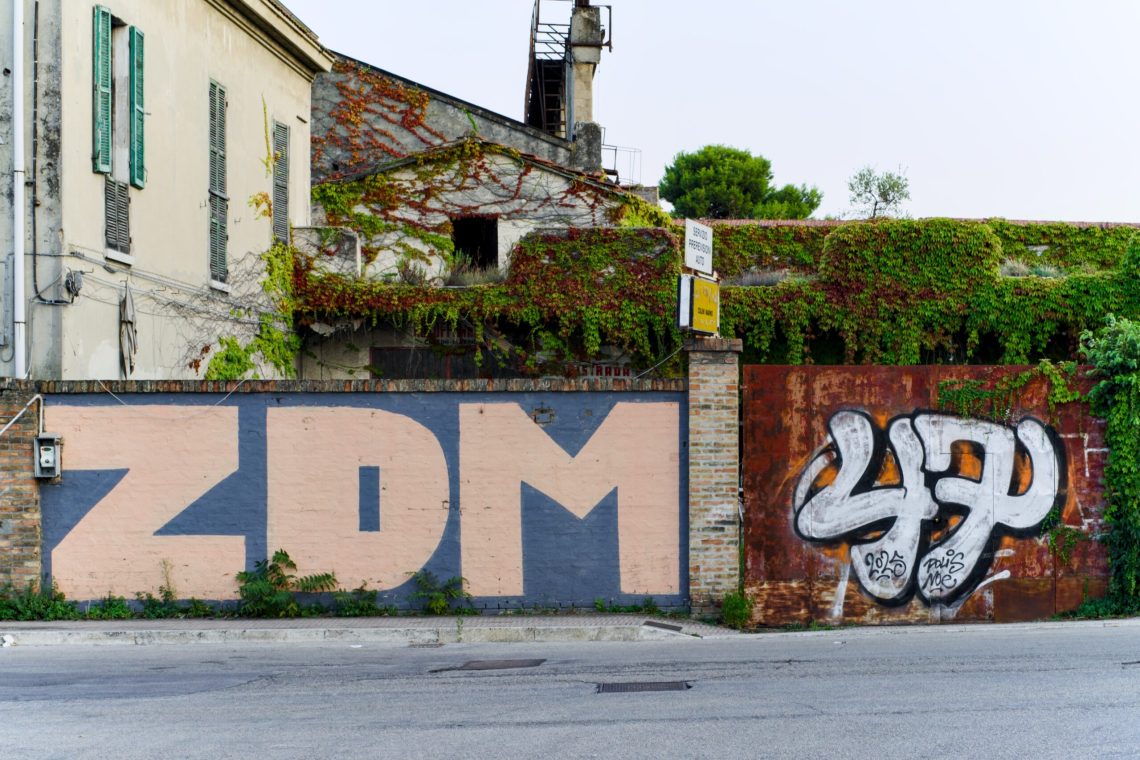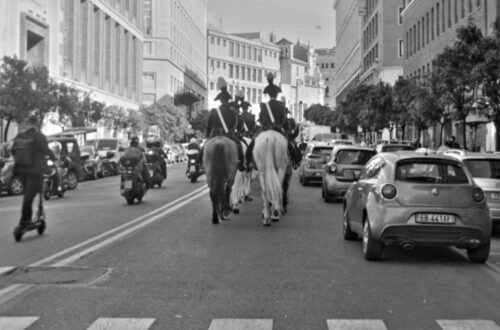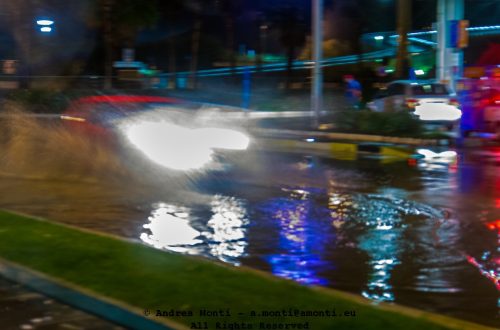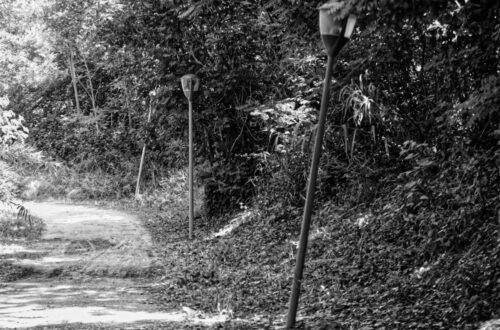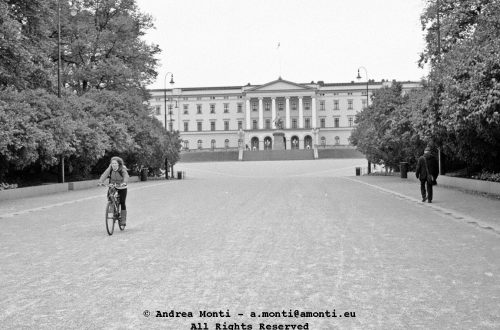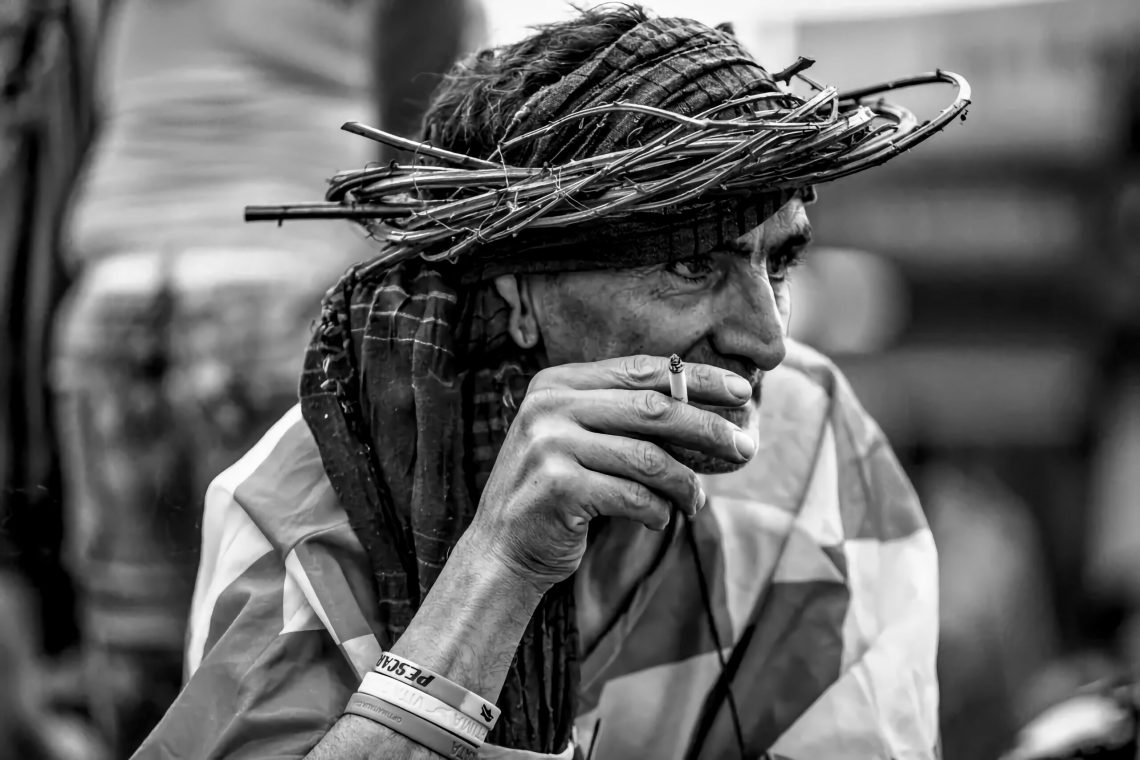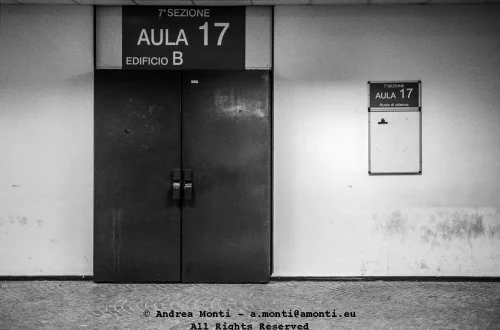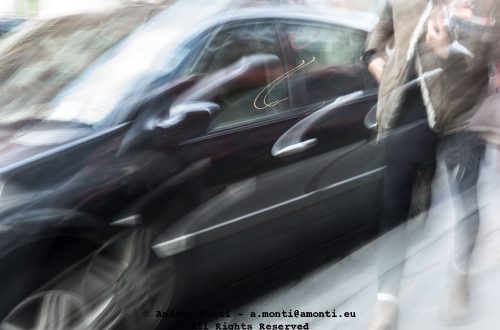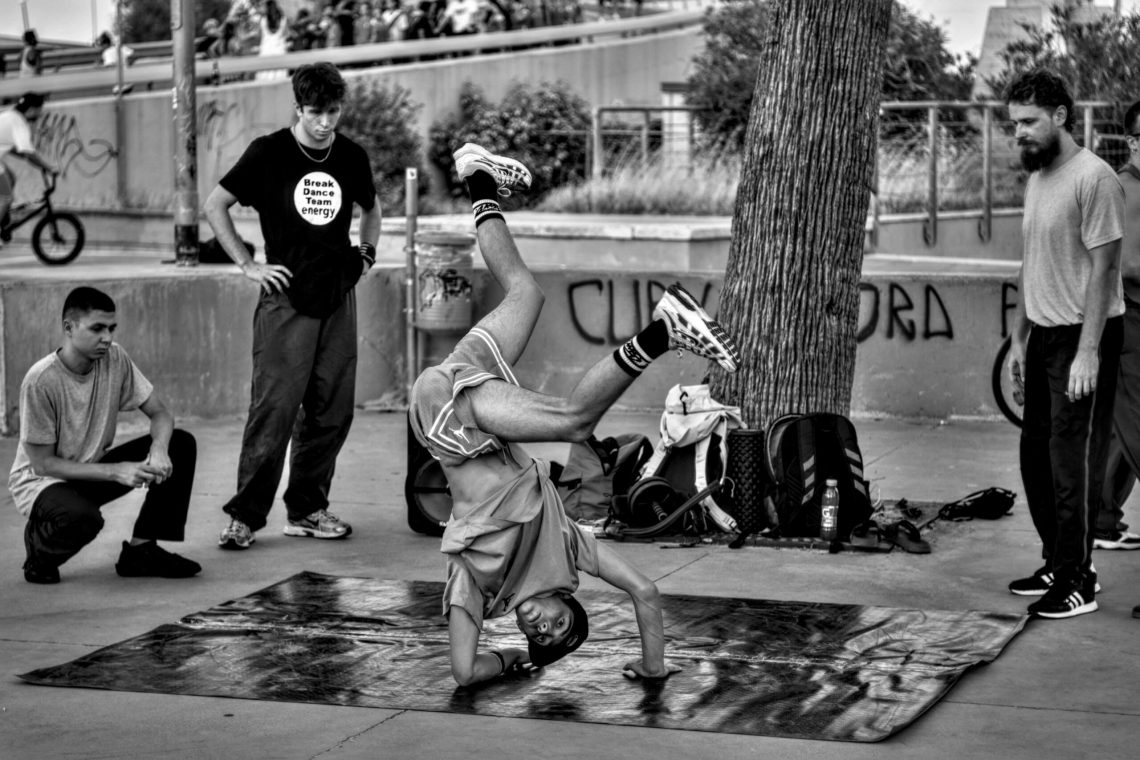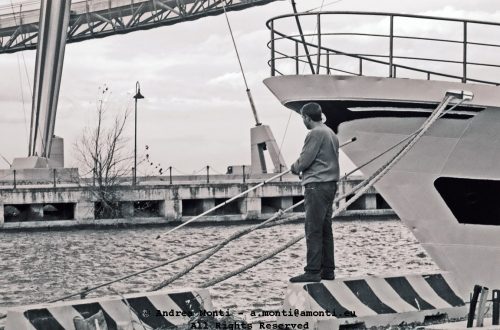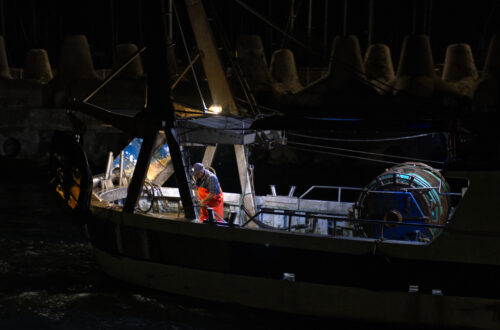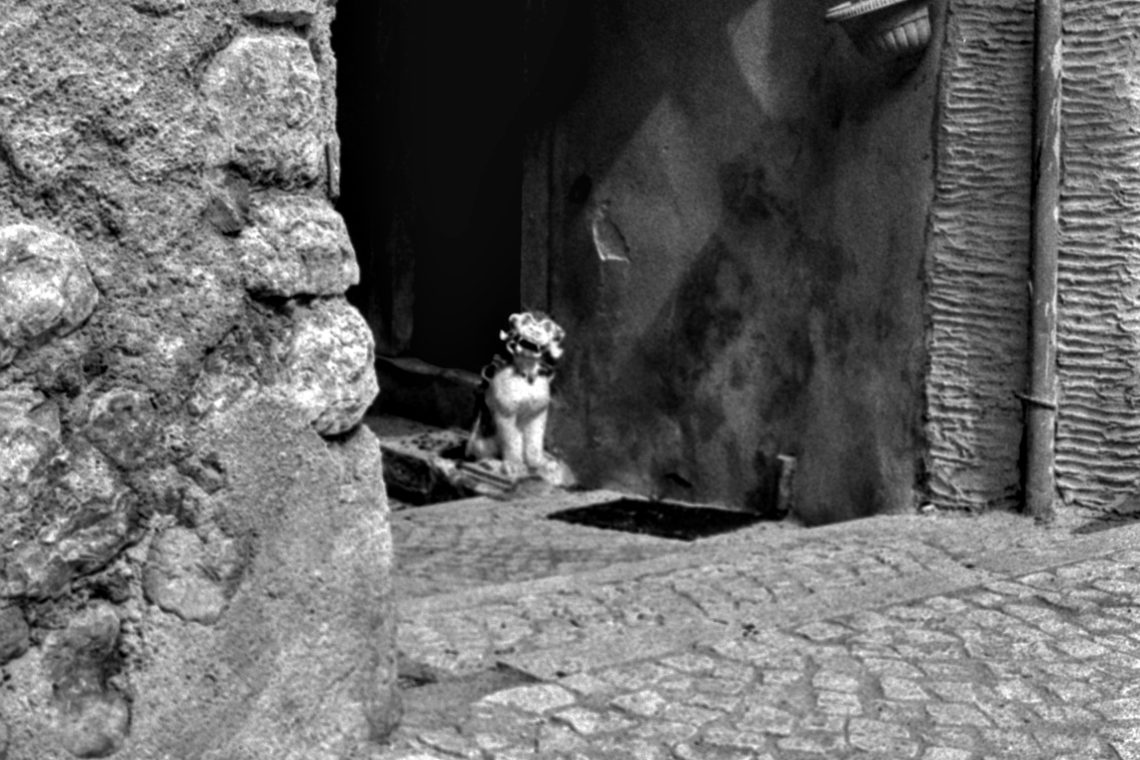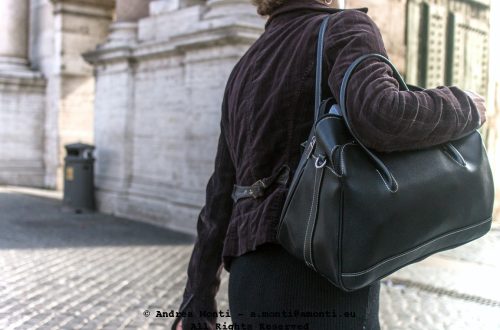-
Guarding Trevi’s Fountain (an empirical test of a Summicron 50/2 and a Nikon Z5)
A casual stroll around the Trevi Fountain gave me the chance to experiment with an unusual combination: an old Summicron 50/2 and a relatively new Nikon Z5. The opportunity materialised in a photo of one of the crowd-control team members regulating the overwhelming flow of tourists and ensuring that none of them were engaging in vandalism or pranks. In short, I am very pleased with the results. I owned a Leica M9 (which I happily sold) for a few years , and I can’t actually say that I miss it. My only regret was that I could only use my lenses on APS-C mirrorless cameras, such as Fujis. I knew…
-
Knowledge in the Atelier (or: The First Shot of 2026)
This is my first attempt at taking a photo in 2026. I took it late one afternoon in my hometown, where I’m staying for a few days. My aim was to continue experimenting with the Nikon Z5 and various manual lenses. This time, I used the Nikkor 35 AF-D F2 — an old lens that is still very capable. Technically, the AF-D has autofocus. However, since I am using a ‘dumb’ adapter, I can only use the lens manually.
-
Labour Spilling Into Transit Time
The underground systems in Tokyo, where this photo was taken during rush hours, offer countless opportunities to take interesting photos. It’s no surprise that coaches and platforms are an irresistible temptation especially for foreign photographers. Like every other first-time visitor, years ago I indulged in taking a few pictures in this environment, which, as often happens with photos taken by non-locals, were pretty similar in concept and composition to countless others. This is why I slowed down and tried to make sense of a photo before taking it (not only in Japanese underground). Sometimes, indeed, impromptu shooting works, but you have to be in a state of grace to actually…
-
Portraits From Nagoro, the Scarecrows’ Village
In the heart of Iya Valley, in Tokushima Prefeture, lies Nagoro, the Scarecrow Village. Half a ghost-town, half a still inhabited place, Nagoro’s main population is composed by about 300 scarecrows spread all around the village.
-
Three-Card Monte in Rome
Every now and then, Three-Card Monte scammers appear in unexpected places such as the narrow cobblestone streets between the Parliament and the Pantheon, in the centre of Rome. This was a textbook execution. The game was fast-paced. Hooks pretended to be casual passers-by and traded 50-euro banknotes as if they were Monopoly money, hoping to lure victims into bidding. A muscle was monitoring the scene, ready to intervene at the first sign of trouble. I tried posing as a casual observer, but there was a high risk of being spotted and confronted by the unfriendly lad at my left, so I was unable to set up a properly composed shot…
-
Bad Luck at Heian Jingu Shrine
As it is customary in Japanese Shinto shrines, also the Heian Jingu in Kyoto has an area where bad luck is left hanging in the open. 御御籤 —o-mikuji—are small strips of paper that people can choose at random to find out their fortune. As every tourist is told, the general rule is that you should keep the good omens and leave the bad ones hanging on a pine tree or a scaffold. The o-mikuji can be taken for free, however it is also customary to leave a 100-yen coin in return. In fact, this is one way in which shrines are able to sustain themselves, given that there is no…
-
Ceci N’Est Pas Une Junior (or, Cognitive Dissonance – Part Two)
I took this photo last November while exploring a less touristy area of Tokyo: Ikebukuro. I went there hoping to see a limited edition Alfa Romeo Giulia Quadrifoglio, which was supposed to be on display at an official Alfa Romeo dealership. Unfortunately, the Quadrifoglio wasn’t there and the dealer was closed, too. So, the only option left to save the day was to take pictures of whatever could be seen through the windows. Peeping inside, though, I didn’t expect to find anything interesting in a car dealership, but I was wrong.
-
Carl Zeiss Jena Sonnar 135/4 – A Demanding Use Case
For shooting Rossini’s The Barber of Seville at Teatro Marrucino, I took a Carl Zeiss Jena 135/4 lens as a backup for long shots. Master Adriano Lolli replaced the original Contax mount with a Fuji X mount, saving me from the inconvenience of using an adapter, thus extending the lens up to around 200mm because of the crop factor.
-
Cognitive Dissonance
In advertising, sometimes, disregard for reality is a deliberate choice because the aim is to pique the viewer’s curiosity no matter what. At other times, though, it is the result of cognitive dissonance leading to mismatched reality’s depiction, as in the case of the prop in this photo, which I took at La Rinascente in Rome, meant to work as an ad for Swiss International Air Lines and Switzerland as a winter touristic location. At first, I didn’t understand what was wrong with it. The idea looked fairly average —ordinary, I would say: a plane’s fuselage with windows, and videos were shown as if they were the outside view that…
-
Kissaten – One Shot Story
When in Japan, Kissaten have soon became my favourite place to rest for a while or for a longer time, waiting for the rain to stop. Unlike Starbucks and other Western or Western-style chains, Kissaten offers a relaxing environment characterised by emptiness rather than crowded spaces. Of course, it’s possible to find all the places occupied by customers, as in a ‘regular’ coffee shop. However, in my experience, this rarely happens, especially in parts of town not plagued by hordes of aimless tourists.
-
How Nissan Crossing Has Changed Over Time
As a petrolhead, I always make a point of visiting Nissan Crossing whenever I’m in Tokyo, even if only for a few hours or half a day. Situated in Ginza, one of Tokyo’s most exclusive districts, Nissan Crossing is an open space in which the car manufacturer displays its concept cars and premium models.
-
Relentless – A One Shot Story
When in Tokyo, I don’t go to Shibuya unless I have a specific errand to run. Least of the usual ‘things are not what they used to be’ lament, the place never struck me as it deserved more than a cursory glance. This time, however, I had a specific photographic objective: to capture the Shibuya backdrop, i.e. things and people that keep the place running ‘smoothly’ which are in plain sight but go unnoticed by tourists, residents and passers-by. Crowd management and safety control are two such things.
-
Don Giovanni@Teatro Marrucino
Yesterday night I was on the (back)stage of Teatro Marrucino for the premiere of Mozart’s Don Giovanni. Director Paul-Émile Fourny had a brilliant idea: to portray Don Giovanni as a vampire. This choice was essentially coherent with Don Giovanni’s ‘predatory’ attitude, while maintaining a visual style for the mise en scène that was consistent with the time in which the story was set. The lighting design by Patrick Meeus and the video design by Mario Spinaci created a dark overall mood without losing the play’s main characteristic: the alternation between drama and humour.
-
The Rise And Fall of Pizzeria Liceo – One Shot Story
For decades, it was established in 1963, not only the students of the Liceo Classico on the other side of Via Venezia, but almost all the inhabitants of my hometown, paid a visit to Pizzeria Liceo (aptly named after the aforementioned school). Truant students often chose it to spend a few hours waiting to come back home, cheating their parents about their daily chores. New romances began and couples broke up. Lonely young men — and adults, too — would stop by and mumble to themselves about their bad luck in love, family or work. On the way home after a tiring day at work, it wasn’t uncommon to stop by and…
-
What, IMO, Street-Photography Is All About – One Shot Story
I took this picture eleven years ago and, after all this time, it is still a benchmark for my —and I stress the word ‘my’— definition of street-photography. The joy sparkling in the grandfather’s expression and the spontaneous excitement of the kid ignite powerful emotions and remind us of what life should be: happyness and simplicity, instead of sorrows, grief and aggressivity.
-
On Prizes and Awards (a Long and Tiring Musing)
Prizes and awards are ubiquitous also in the photography world. There is an award for everything, and I wouldn’t be suprised to discover an award for the best photo award as well. When we’re just starting out on our photographic journey, it’s natural to think about entering a competition. I am not an exception, in fact I tried a few myself and I also got one honorable mention for the photo featuring this post in a competition organised by a local chapter of the Italian Photoamateur Association (FIAF).
-
A Moto Guzzi Falcone and an Expired Kodak Portra 160 Roll
Shot with a Pentax SMC FA 50/1,4 and a Pentax Z-20 loaded with an expired Kodak Portra 160, this photo portrays a Moto Guzzi Falcone. The Falcone has a special place in the history of Italian motor industry. It was successful in both the civilian market and the military/law enfrocement sector. So strong was its appeal in this latter community that the Polizia Stradale (roughly, the highway patrol) kept it in service until the seventies despite the official manufacturing ceased at the end of the sixties.
-
Saturday Night Fight Fever
On October 18, I was ringside to shoot the European Boxing Union‘s female super-lightweight European title fight. The crown vas vacant and the two contenders were both Italians. Silvia Bortot, a former two-time European champion, and Sonia Fracassi, the Italian champion. The match was pretty intense. All along the 10 rounds of the bout, Fracassi put her opponent under a great deal of pressure, and she responded with equal energy. Ultimately, Bortot emerged victorious. However, the close referee scores (96-95, 96-95 and 97-93) show that the two fighters were closely matched, and that Fracassi could have won if she had thrown a few more punches, or if the match had been…
-
Autumn, Colour, Daily photo, PhotoCritics, Photography, Spring, Street Photography, Summer, Technique, Winter
Make Sense (or: Meaning is in the Eye of the Beholder)
I am a big fan of Jim Hall. A god of the Jazz Olympus, he was an amazing guitar player and played (i.e. lived) according to a simple but effective maxim: make musical sense. He jotted it on a scrap of paper and stashed it in his guitar case, so, whenever he took the instrument out, he was reminded to follow the advice. And he did it. This is an excellent advice also in photography and I do my best to follow it, also if I don’t always get it right for a number of reasons, the main one being that meaning is in the eye of the beholder as…
-
Zeiss ZK Planar T* 50mm F/1.4 – Test Shots and an Unpleasant Incident
I am a huge fan of Zeiss lenses, and I have made sure to own at least one of them for each camera system I have used over the years. To be honest, my only regret when switching to Pentax and ditching Leica, Nikon and Canon was that Zeiss lenses in K mount weren’t as widely available as they are for other platforms. Sure, eBay has plenty of them, but I didn’t want to risk the consequences of overseas shipping. Eventually, however, I managed to get a Planar T* 50 mm f/1.4, and last night I went out for the first time to try it with a Pentax K-1.
-
A Few More Shots From An Urban Exploration Trip
Hip-hoppers and skateboarders are often seen together in many urban landscapes. Actually, these performing arts come from different US social and geographical milieus. However, in a world where different paths of life, cultures and traditions matter less and less, and everything is a ‘fusion’, this doesn’t look like an issue. So, while wandering around in search of some subject to test a 50mm Summicron M mounted on a Fuji X-T4, I was fortunate enough to kill two birds with one stone.
-
Personal Musing On Monochrome Digital Cameras
I was thinking of exploring the world of black-and-white digital photography so I started looking into the available options. Currently, only the Leica Monochrom and the Pentax K-3 III Monochrom are still the only native monochrome digital cameras availble, targeting photographers interested in maximising the potential for ‘true’ black-and-white photography compared to converted colour images. Many experts in the field justify the existence of this particular camera by citing the same manufacturers’ marketing claims, such as better overall image quality and the superior performance of a custom-built sensor. However, I am a photographer, not an electronics engineer or software programmer, so I care more about the final results than the technicalities.…
-
Gravity on Pause
This a casual shot taken while I was wandering around without actually thinking about taking photographs. Setting aside the photographic quality of the image for a moment, I was amazed that it looks far better in black and white than it did when it was initially shot in colour.
-
An Asian Lion Guarding an Italian Town – One Shot Story
Ofena is a small town located within the Abruzzo National Park of Gran Sasso and Monti della Laga, in Italy, Hit by the 2009 earthquake, Ofena is still struggling to recover. Life came back to its ordinary pulse thank to the inhabitants who showed strong resilience. However, wandering around these wounded places I didn’t feel inclined to take photos as I felt like I was exploiting the enduring consequences of the tragedy that hit this community.

